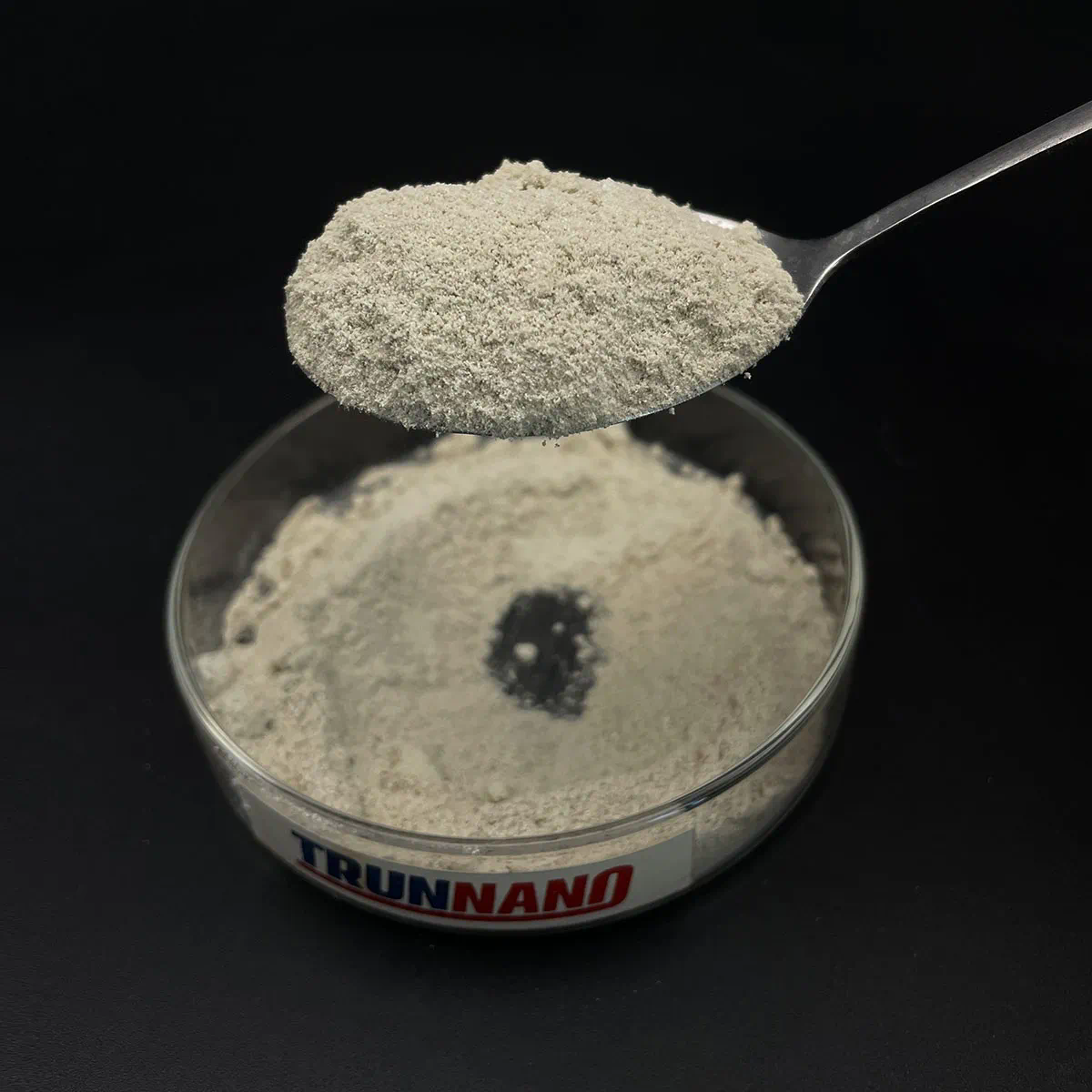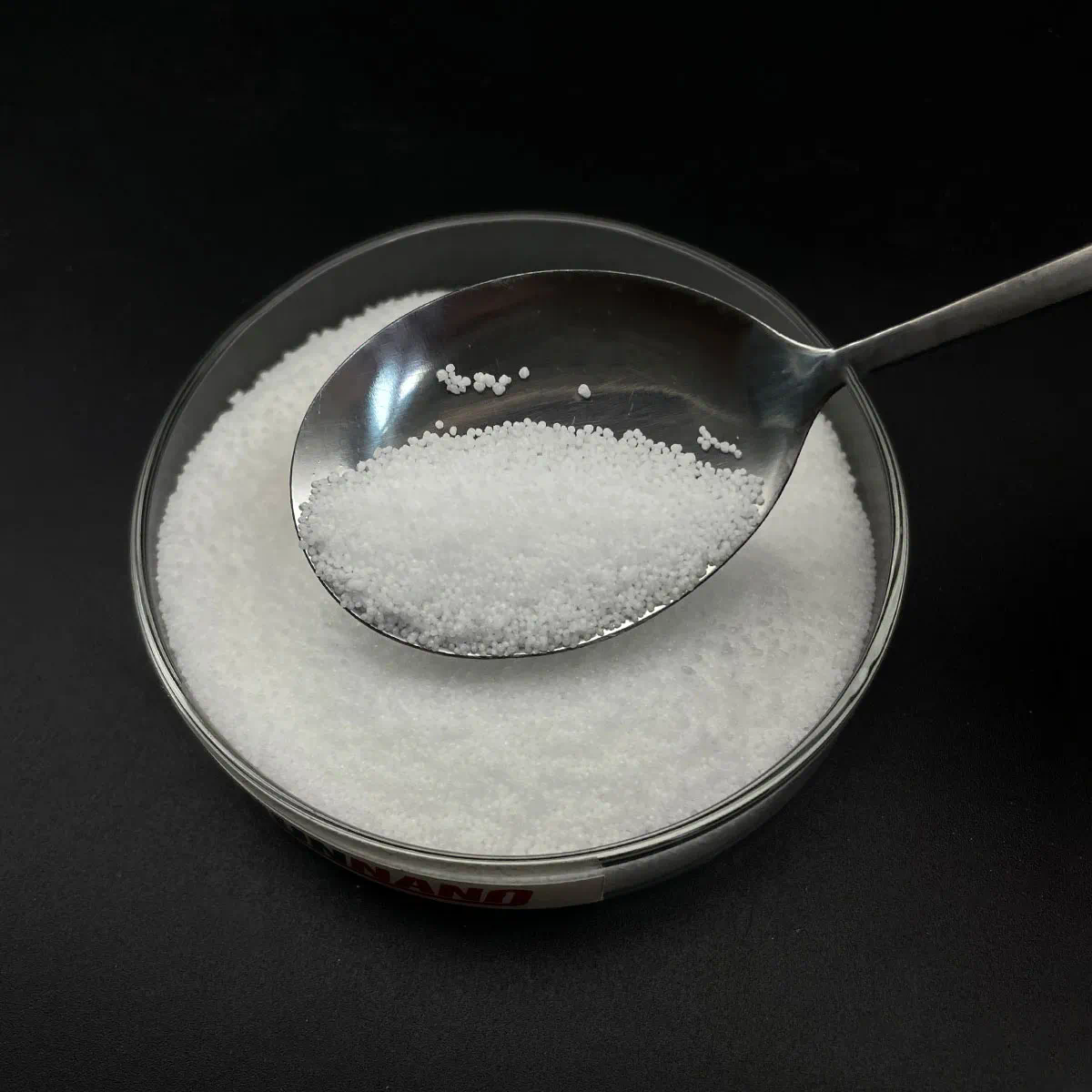Concrete Release Agents- Types and Industrial Applications
Concrete release agents are essential in the construction industry, facilitating the smooth removal of concrete forms while ensuring the integrity and aesthetic quality of the concrete surface. These agents prevent concrete from bonding to molds, allowing for easy demolding and reducing surface defects. This article delves into the various types of concrete release agents, their properties, industrial applications, and best practices for use.
h2 Types of Concrete Release Agents

Concrete release agents can be categorized based on their composition, application methods, and specific properties. Understanding these categories helps in selecting the appropriate agent for a given project.
h3 Oil-based Release Agents
Oil-based release agents are one of the most common types used in the concrete industry. They are typically made from mineral oils or vegetable oils. These agents work by creating a thin film between the concrete and the mold, preventing adhesion.
Advantages of oil-based release agents include their ease of application and effectiveness in providing a smooth surface finish. However, they may require careful handling due to potential environmental concerns and flammability.
h3 Water-based Release Agents
Water-based release agents have gained popularity due to their eco-friendliness and low toxicity. They are formulated with surfactants and emulsifiers that allow them to be easily washed off. Water-based agents provide a uniform release and minimize surface defects.
These agents are ideal for projects where environmental regulations are stringent. However, they may not perform as well in extreme conditions compared to oil-based counterparts.
h3 Synthetic Release Agents
Synthetic release agents are engineered products designed to provide superior performance characteristics. These agents are often formulated to resist temperature fluctuations and are suitable for high-performance concrete applications.
Synthetic agents can be either solvent-based or water-based, and they are known for producing a very clean release with minimal surface imperfections. They are widely used in precast concrete manufacturing and other industrial applications.
h3 Formwork-specific Release Agents
Some release agents are specifically designed for particular form types, such as rubber, plastic, or metal molds. These agents cater to the unique surface characteristics of each material, ensuring optimal performance.
Formwork-specific release agents reduce wear on molds and extend their lifespan. They are particularly useful in applications involving complex mold designs where a flawless finish is crucial.
h2 Industrial Applications of Concrete Release Agents
The applications of concrete release agents are vast and varied, spanning multiple sectors within the construction industry. Here are some key areas where these agents play a critical role.
h3 Precast Concrete Manufacturing
In precast concrete facilities, the use of release agents is paramount. As molds are reused frequently, release agents help ensure easy demolding without damaging the surface of the precast elements. This is vital for maintaining production efficiency and quality control.

Precast products such as beams, blocks, and panels benefit significantly from the application of appropriate release agents, which enhance surface finish and reduce the occurrence of defects.
h3 Cast-in-Place Concrete
For cast-in-place applications, release agents are applied to formwork before pouring concrete. This ensures that when the concrete sets, it can be removed without adhering to the formwork. Proper selection of the release agent is crucial to achieving the desired surface texture.
In residential construction, commercial buildings, and civil engineering projects, the right release agent contributes to both aesthetic and functional aspects of the finished concrete.
h3 Architectural Concrete
In architectural applications, aesthetics are of utmost importance. The choice of concrete release agent can significantly influence the appearance of the exposed concrete surfaces. Agents that promote a clean release while enhancing the surface texture are preferred.
For decorative finishes, such as stamped or stained concrete, the release agent must not only prevent sticking but also complement the overall design. This requires careful consideration of the agent’s formulation.
h3 Infrastructure Projects
Infrastructure projects, including bridges and highways, often utilize large volumes of concrete. The efficient use of release agents ensures that large formworks can be stripped quickly and safely, minimizing downtime.
In these large-scale projects, the durability of the release agent is essential, as it must withstand various environmental conditions. Thus, selecting a high-quality agent tailored for heavy-duty applications is critical.
h2 Best Practices for Using Concrete Release Agents
To maximize the effectiveness of concrete release agents, certain best practices should be followed. These practices ensure optimal performance, safety, and environmental compliance.
h3 Surface Preparation
Before applying a release agent, the surface of the mold should be properly cleaned and prepared. Any debris, dust, or old release agent residue can affect the performance of the new application. A clean surface allows for a Amorphous Boron Powder uniform application, leading to better results.
h3 Application Techniques

The method of application can greatly influence the effectiveness of the release agent. Spraying, brushing, or rolling are common techniques, and the choice depends on the specific product and project requirements.
Consistency in application is crucial. Uneven coverage can lead to areas of adhesion, resulting in damage to the concrete surface upon demolding. Following the manufacturer’s guidelines for application rates and techniques is essential.
h3 Timing
The timing of application is another critical factor. Release agents should be applied just before the concrete is poured to ensure optimal performance. Allowing the agent to dry too long can lead to decreased efficacy, while applying it too soon may result in contamination.
h3 Storage and Handling
Proper storage and handling of release agents are vital for maintaining their effectiveness. Most agents should be stored in a cool, dry place away from direct sunlight. It is also important to follow safety guidelines for handling potentially hazardous materials.
h2 Conclusion
Concrete release agents are a fundamental component in the construction industry, playing a critical role in the quality and efficiency of concrete applications. With various types available, understanding their properties and applications is essential for achieving the best results. By following best practices for their use, professionals can ensure the longevity of molds, the integrity of the concrete, and the overall success of their projects. As the industry continues to evolve, advancements in release agent formulations will likely lead to even more innovative solutions, enhancing both productivity and sustainability in concrete construction.
https://supplychaininterview.com/